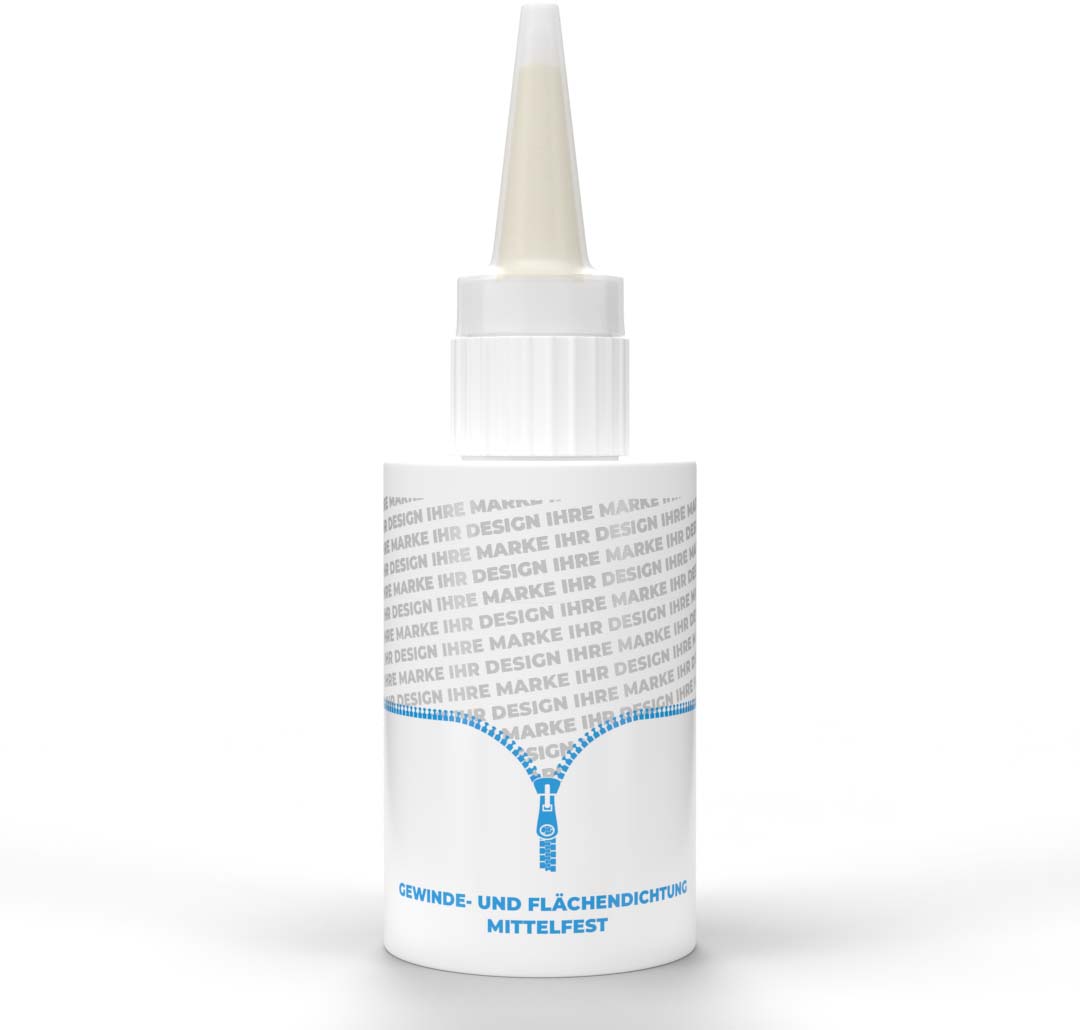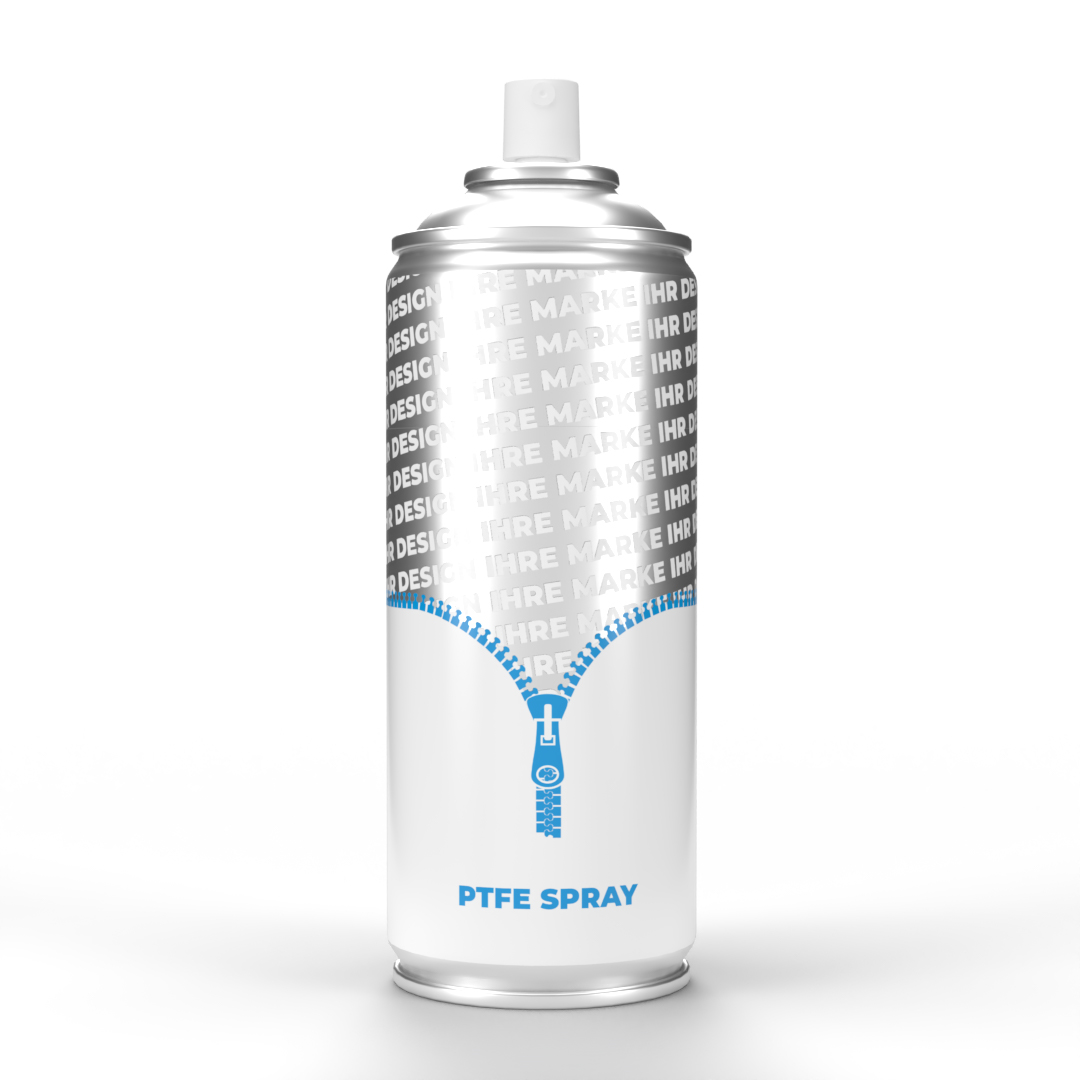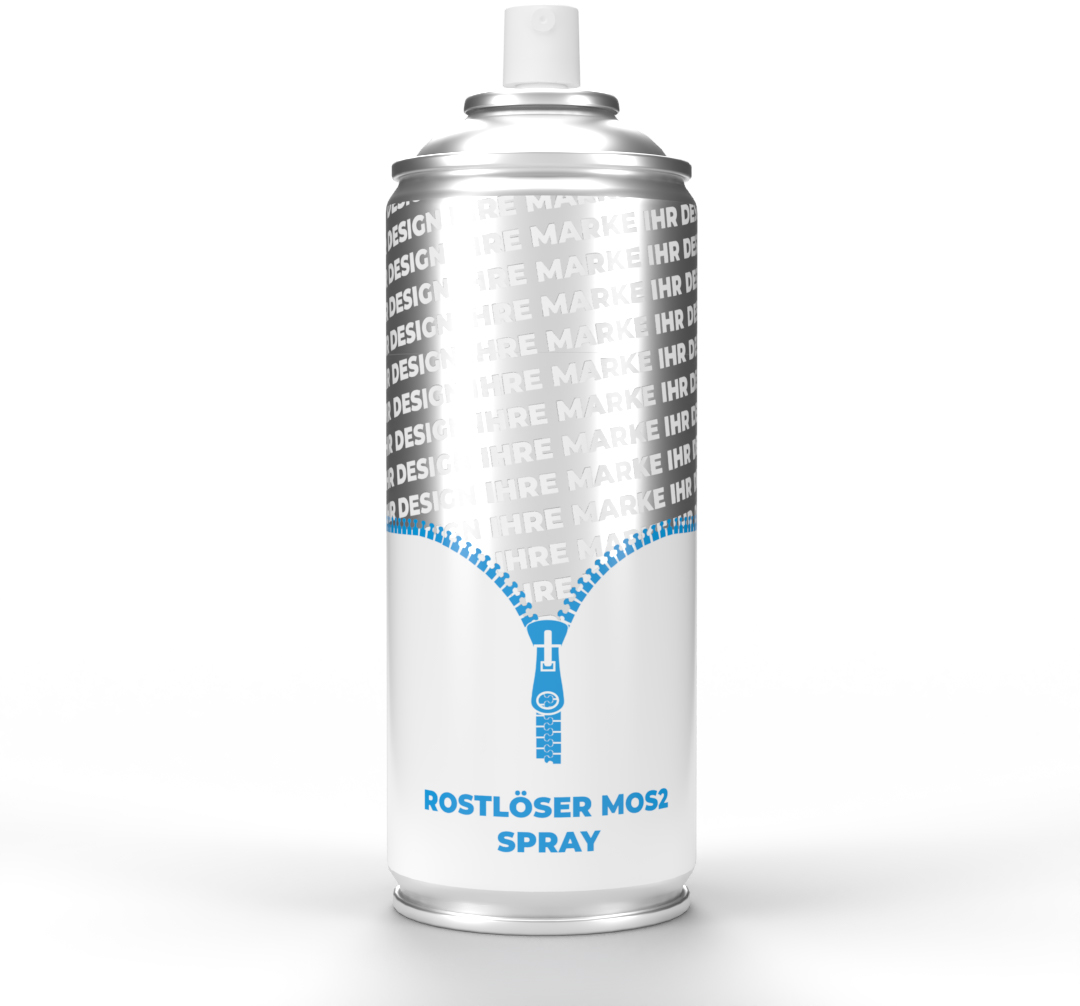Thread and surface sealing Universal medium firm
Secure hold.
This adhesive and sealant is universal and has a medium strength. Its thixotropic property allows it to change its consistency under stress, making it able to conform well to the surfaces it is applied to. With its “4 in 1” technology, it can be used as a threadlocker, pipe thread sealant, gasket sealant, and adhesive. When used as a threadlocker, it can provide immediate sealing against pressures up to 5 bar. Additionally, it cures at low temperatures (> 0°C).
This adhesive and sealant has received certifications from DVGW (DIN EN 751-1) and ANSI/NSF Standard 61, qualifying it for use in potable and utility water up to a temperature of +82°C. It is also NSF P1 listed, meaning it can be used in environments where food is processed.
Advantages
– 4 in 1 product
– Universally applicable
– does not flow off during assembly
– solvent-free
– good chemical resistance
Areas of application
Car workshops, industry, metalworking, household, DIY
COntainers
50 g bellows bottle
Minimum Order Quantity
250 Pieces
Item number:
2820
Anwendung
As a screw lock:
Clean internal and external threads and allow to dry. In order to avoid clogging of the nozzle by hardened product, the tip must not touch the metal surfaces during the dosing. For through holes, apply enough product to the screw where the nut will sit. In the case of blind holes, apply several drops along the inside of the thread down to the bottom of the hole. Assemble and tighten parts as usual.
As a pipe seal:
1. The threads must be free of dust, grease and dry.
2. If strength is to be achieved in addition to tightness, a sealant must be selected that covers the required torque range
3. Sufficient sealant must be applied to wet all threads. It is recommended that the external thread is completely wetted and that the product is applied to the first thread turn of the internal thread.
4. The thread wetted in this way must be screwed on quickly and applied with a tightening torque (> 5 Nm).
5. After this, the thread must no longer be twisted, otherwise irreversible microcracks and subsequent leaks will occur. The thread can only be used as intended after it has reached its final strength.
As surface sealant:
Before applying the product again, degrease the surface thoroughly and allow it to dry. Apply the product as a closed bead on one side of the flange. Apply the bead to the inner edge of the flange and guide it in a circle around the bores. Fill in small grooves with glue. The surface sealant can also be applied to large flanges using a roller. Join the flanges and tighten the screws as soon as possible. To disassemble, dismantle the screws with normal hand tools. Separate the flange with the help of light hammer blows, jacking screws or wedges and lift off.
Notes: Preliminary tests are strongly recommended on alloys containing copper, as these can have a strongly accelerating effect on the hardening process. It is the responsibility of the user to determine the suitability of the products for the specific application and bonding process.
As a joint:
Degrease component surfaces well and allow to dry. For sliding fits, apply the adhesive in a ring on the front edge of the shaft and on the inside of the hub and join the parts by turning them 90 °. In the case of glued longitudinal press fits, apply the adhesive evenly to both joining surfaces and join the parts quickly with a large advance. In the case of heat shrink connections, apply the adhesive as an even, continuous layer on the shaft. Heat the hub to ≤ 130 ° C. Join the components quickly. The components must not be moved until they are firm to the touch. For dismantling, dismantle connections with commercially available standard tools, such as hydraulic presses or pullers. If the strength is too high, heat the bonded area to ≥250 ° C and dismantle it when it is warmed up. When using in the drinking water area, the recommendations of the adhesive association IVK e.V. must be observed:
– Apply the anaerobic adhesive or sealant sparingly.
– Avoid excess or wipe off if necessary.
– Observe the curing time according to the technical data sheet.
– In order to avoid excess glue inside the pipe, the first two threads – and where this is not technically possible – at least the first thread of the external thread should remain unwetted.
– Let the adhesive harden for at least 24 hours.
– The system should be rinsed with water before start-up.











